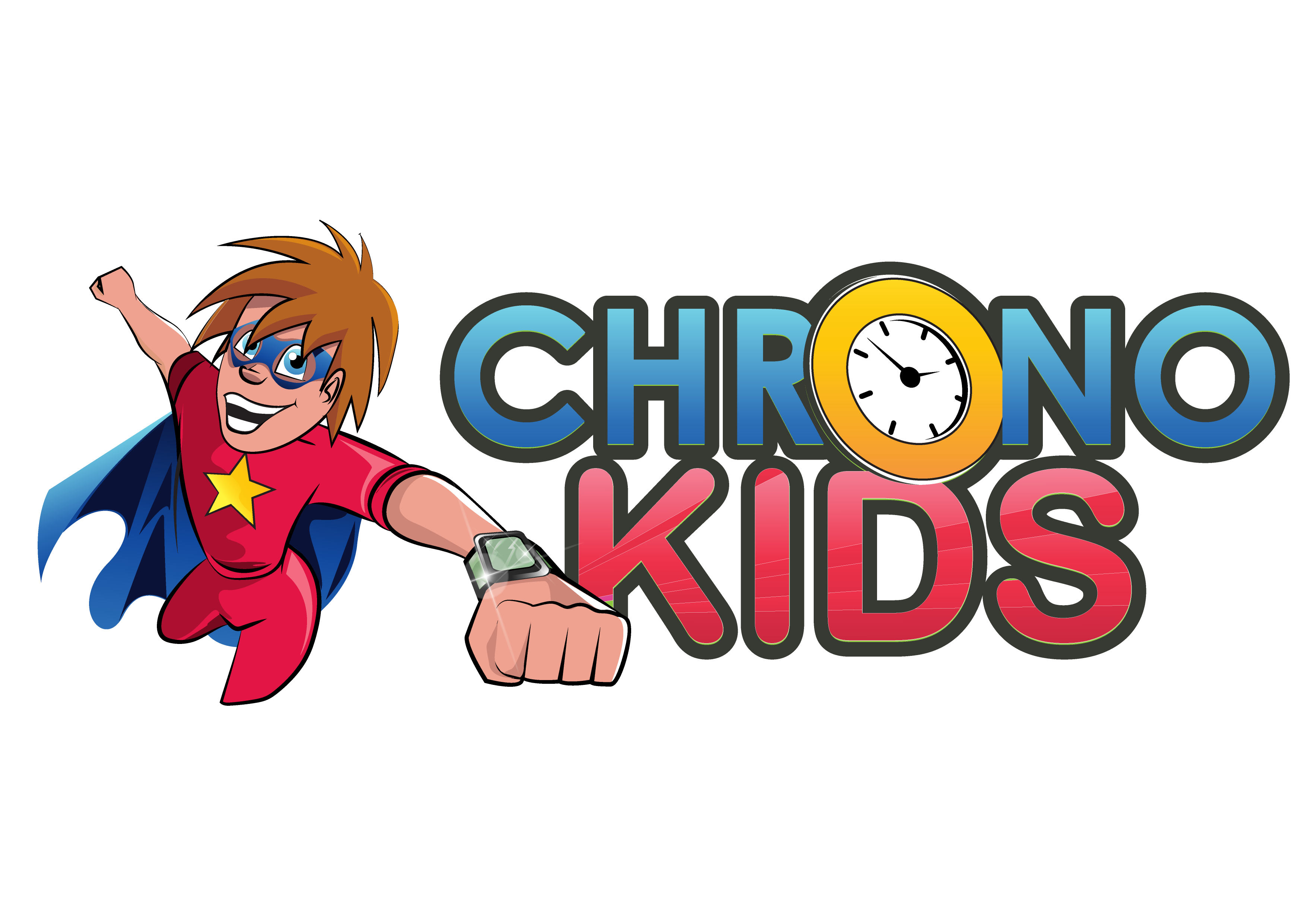your bag is empty
Continue my purchasesToddlers Watches
⭐ Super parents! Do you have a seed of a little superhero at home, and are you looking to buy an educational watch for your child ? ! You are in the right place ! At Chrono-kids, we know how important the purchase of a first watch can be for child. We have unearthed a great collection of watches for you! For small wrists, a multicolored silicone watch to learn the time is the best! At this age, the more fun the better. Tintin, Frozen and other princesses, it doesn't matter as long as they are full of rhinestones and colorful. No need to invest in expensive watches for our little ones. Affordable, your child will wear a cute watch with an analog display. A good educational watch must be resistant. Plastic cases are perfect for resisting shocks and scratches. We know that girls and boys take… dubious… care with their belongings!
Did you know that children begin to find their bearings in time from the age of 3? Did you also know that from the age of 6, your child can start learning to tell the time ? Telling the time is done step by step, around playful activities. Arm yourself with your super glasses, and follow the Chrono-guide:
Why is the concept of time important for a child? : The notion of time is omnipresent in our daily lives, and our little superheroes are no exception to the rule!
...The morning alarm clock, school clocks, calendars and school agendas always refer to notions of time.
Why is the notion of time complex for a child?
Temporal measurements are complex because it can be seen from two angles:
The Ordinal Angle: I was born on June 21, 1985.
The Cardinal angle: The football match lasted 2 hours
It uses different units of measurement: The second, the minute, the hour, the day, the year, the decade, the century and the millennium. Each of these measures can fit together.
Time is not material! The child has difficulty representing a notion that he cannot touch, and therefore which is abstract for him.
In addition, time appeals to the subjectivity of each child. A child who is having fun will have a different perception of the elapsed time than a child who is bored. This is the difference between physical time and psychological time.
The different steps :
⭐ Between 3 to 6 years old : We find ourselves in time, all chrono-kids have gone through this stage! The objective is for the child to master all the notions necessary for learning the time. The child will develop a temporal routine and will be able, through rituals, to create automatisms.
Around 3 years old: Through language, the child questions you and begins to become aware of the “before” and the “after” and therefore makes the difference between the past and the future. However, the difference between a near and a distant event is not yet possible.
Around 4 years old: A child is able to structure his day in 3 distinct moments: morning / noon / evening. He is also able to count the number of days to arrive at an important event. The "number of sleeps" speaks to all great parents!
Around 5 years old: Your child knows and understands the four seasons, he shows more and more curiosity about the time and wants to learn to tell the time!
⭐ Between 6 and 8 years old : The past, present and future are mastered concepts and we learn to tell the time like the greatest superheroes! Let's go step by step:
⭐ First step, the dial: Ask your child to observe the dial and describe what he sees. What colors are the needles? How many are they? How many numbers do you see? What shape is the dial? etc You can then offer him to reproduce and draw his clock!
⭐ Second step, the needles: Explain to your child how the two needles work: The small needle counts up to 12 and moves slowly. The Great Needle counts to 60 and moves fast. To move from one number to another, the little one needs the big one to move all over the dial. The two hands always move in the order of the numbers on the dial and we always start with the small hand to read the time.
⭐ Third step, morning, afternoon and evening hours: Ask your child to show you 4 hours, 7 hours, 10 hours. Explain to him that the day does not end at noon and that the little hand cannot count more than 12, there are 12 o'clock in the morning and 12 o'clock in the afternoon. You can have your child state that it is 1 p.m., 5 p.m., etc.
⭐ Fourth step, the minutes: Remember that the big hand makes a complete turn in just 1 hour! It is faster than the little needle. You can ask your child questions: How the big hand can indicate 7 minutes, 19 minutes etc. ? Does the little hand move during this time? Does the big hand always indicate a precise number?
⭐ Last step, Have the child play with the hours and minutes: Suggest that your child place the little hand on the number he wants, then ask him to move the big hand forward 5 by 5. Once that mastered, ask him to advance the big hand with more complicated figures of 11 minutes, 7 minutes, 22 minutes etc. Finally, you can ask your child to play with both hands at the same time, reminding him that when the large hand goes halfway around the dial, then the small hand moves halfway to the next number. etc
Congratulations, your little superhero can now tell the time like the greatest superheroes! He is now able to join the Chrono-kids in their adventures!!!


